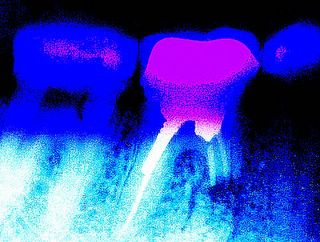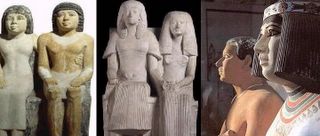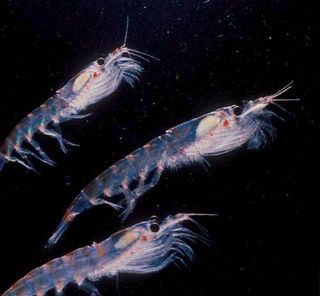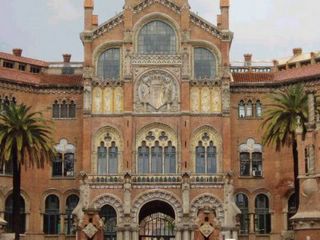Such was the intensity of my toothache and despair that, faced with the choice between non-treatment and a visit to
Ustaz Hamed, part-time maths teacher, self-sufficient farmer, seller of stolen goods and dental tinkerer, I decided that having my tooth yanked out would be the lesser evil.
Several people were standing, sitting and lying down, in
Ustaz Hamed’s treatment/waiting room.
"Salaam aleikum" I uttered, taking my place at the end of what appeared to be a queue of people who were too engrossed in their own discomfort to acknowledge a visit by a
khawaja.
Ustaz Hamed’s surgery was the only place I ever saw that was capable of reducing the highly-communicative and sociable Sudanese to silence.
It was seven o’clock and night was falling. I could nevertheless still make out the grime on the walls of the dingy room, long-since painted in the ubiquitous job-lot sky blue that must have fallen off an enormous camel train in the times of the Mahdi and General Gordon. There were no wall advertisements of happy smiling models, dental healthcare schemes or new wonder products for making teeth whiter than white.
In the centre of the room
Ustaz Hamed was working on a patient who was reclining in a rickety turn-of-the-century bath cum dentist’s chair. The patient gripped the chair’s arms desperately and emitted a woeful moaning sound.
Hamed lit the paraffin lamps on the table beside him. Kadugli’s generator had packed up a year or so before and had still not been fixed and there was therefore no mains supply. Some international aid agencies and juice bars had their own generators but even the
splut-splutt-spluttering of these was no longer to be heard because of the fuel shortages.
The paraffin lamps did not give off enough light for Hamed to see inside the patient’s mouth but I had the feeling he worked intuitively and on the basis of pain indicators emitted by patients. The more they yelled and trembled, the more likely it was that Hamed was working on the right spot.
There was a bicycle in the opposite corner of the room. It was on a stand, the purpose of which was to raise the back wheel off the ground. The pedals were attached to a home-made transmission system that was in turn connected to the belt drive of
Ustaz Hamed’s dentist’s drill.
Just then, a southern Sudanese youth called Daniel, wearing what looked like a prison issue blue- and black-striped
djellaba, wandered into the room with half a dozen sunflower seed shells resting on his bottom lip. He spat them onto the floor.
"Where’ve you been?"
Ustaz Hamed shouted, chastising Daniel for his late arrival. Daniel, thoroughly used to this routine, reacted nonchalantly.
"Ya’ala, ya’ala, ya’ala!" shouted Hamed impatiently, indicating the bicycle with one hand and picking up the motionless dentist’s drill with the other.
"Get a move on boy". He turned to the people waiting and complained to his audience about the laziness of southern Sudanese "blacks". The absurdity of Hamed’s racist outburst was manifest in the colour of Hamed’s own complexion, which was a dark shade of ebony.
Daniel started to pedal and the drill bit began to turn. But Hamed required more power for the drill to have any effect on the patient’s teeth.
"Faster! Faster," he roared, "or you’ll be getting a thrashing!" Anyone with experience in simultaneous dentistry and physical abuse would undoubtedly vouch that it is a great deal trickier than concurrent stomach-rubbing and head-patting, yet nothing was beyond
Ustaz Hamed. Daniel got up off the saddle, changed from first into second and then into fifth gear and the drill bit started to whizz.
Hamed placed the drill in the mouth of the unanaesthetised patient, who screamed.
Luckily for me, my tooth was seriously wobbly. I had magnanimously decided that when my turn came I would let Daniel rest and opt not for a filling but rather extraction. Fearing that Hamed’s wrench had not been sterilised, I had brought my own pliers along for the sake of hygiene.


















